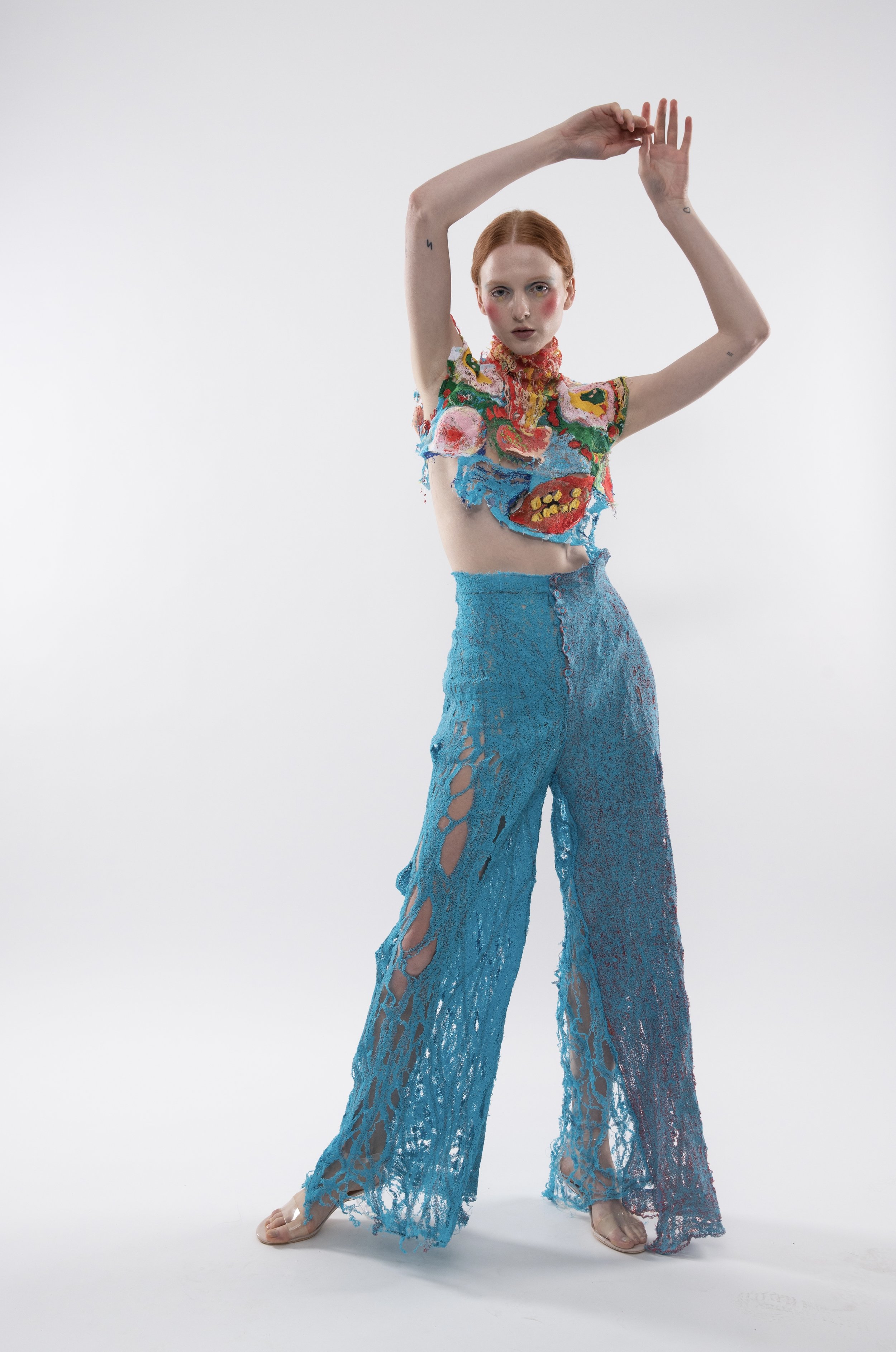
DOROTHY WAXMAN INTERNATIONAL TEXTILE DESIGN PRIZE
SUBMISSIONS FOR 2024 ARE CLOSED!
Applications accepted until July 30th
Li Edelkoort and Philip Fimmano are pleased to announce the10th edition of the Dorothy Waxman International Textile Design Prize, awarded to a current or recently graduated student in Textiles or Fashion who exhibits sustainable thinking and innovative creativity in textiles. The prize is part of the TALKING TEXTILES initiative that promotes textile education and creativity.
The finalists will present their work online in front of a professional jury on Zoom at the beginning of September 2024. The finalists’ work will be featured on various online and social media platforms throughout September 2024.
The Dorothy Waxman International Textile Design Prize honors Dorothy Waxman, the original driving force behind Trend Union and Edelkoort Inc. in the United States and a contributing reporter to the magazine View on Colour, Textile View and Viewpoint. Waxman’s insatiable curiosity and discerning eye for the avant-garde have inspired Edelkoort and the Trend Union team for decades. Waxman also introduced the American fashion industry to European textile partners with her work at the Fashion Group. As an avid textile aficionado, she believes that creative fabrics can change the design landscape in profound ways.
The $5000 prize for the winner is sponsored by the America company MOHAWK GROUP
SUBMISSIONS RULES
The competition is international and open to students who are currently enrolled in an educational institution teaching textiles, fashion, interior or lifestyle textiles. Graduates from 2023 and 2024 are eligible to enter.
APPLICATION REQUIREMENTS
Conceptual description of the work max 200 words
Technical description of the work max 200 words
Minimum of 4 and a maximum of 10 photographs of the work.
Required are JPEG minimum 300dp/ photo
Video files are accepted (not required but recommended) in addition to the JPEG
WINNER 2023 JING PEI FROM PARSONS SCHOOL OF DESIGN:
WINNER 2023
@pj322zzz
Presentations of the 20 Finalists of the 2023 Dorothy Waxman International Textile Design Prize
A SPECIAL MENTION
www.milagrospereda.com @milagrospereda
www.linqiqing.com @qiqing077
@leliabacchi
@abed.idris
linktr.ee/kileff_designs @kileffdesign
miriamscheller.com @Miriam_rachel_s
www.kellykonings.com @kellykonings.textiles
asabrietbratta.com @asabrietbratta
@emiliepalleholm
www.marisvanvlack.com @marisvanvlack
olliehongjili.format.com @ollie_must_create
@younes.kouider
asabrietbratta.com @asabrietbratta
@tmoy_f24
@rfflower
@sask_design
A SPECIAL MENTION
kateharveyritchie.com @Kharvr
A SPECIAL MENTION
www.katerinaknight.co.uk @_katerinaknight
The 2023 Winner of the Dorothy Waxman International Textile Design Prize
JING PEI
Parsons School of Design - The New School









This collection is made with thread only and uses embroidery and free sewing techniques. Including three thread types, polyester for machine embroidery, cotton for both machine embroidery and free sewing on sewing machines, and silk for hand sewing to connect small pieces and hand embroidering details. By using thread as the only material, the collection achieved zero waste principle and caused zero solid pollution to the environment. All the leftover loose threads are sewn into the fabric. This innovative approach not only eliminated waste but also enhanced the structural integrity of the pieces. The process included sewing and embroidering on water-dissolvable fabric, subsequently washing away the fabric to reveal the intricate patterns, and finally connecting them into garments. In the short green dress, repeated patterns were embroidered to mimic a knit structure as a base, layered with tacky faces to achieve a harmonious aesthetic. The five looks created a “tacky” world formed by statues living in the woods with old beddings and home decor.
Words from Jing: This collection explores how my aesthetic preferences are formed by analyzing the common aesthetic elements in my upbringing and confronting my fear of grotesque, tacky statues. I remember seeing them at an exhibition of lights and statues at the Lantern Festival. The poorly made features and creepy looks left a deep impression on me, and I have considered the overly colorful style tacky ever since. As a designer, this experience made me think about my aversion to tackiness and its effect on my sense of beauty. I found that the tacky elements are everywhere and children like myself in China grew up with them. In order to transform the ugly into the beautiful, I explored the use of bold and bright colors found in these childhood elements such as bedding from my grandparents' generation and old home decor, and incorporated them into my designs. I combined tacky monsters from real statues and my imagination into garments. Together, these elements create a mesmerizing tapestry of artistry, sustainability, and creative expression.
@pj322zzz
photo credit Grace Lu

